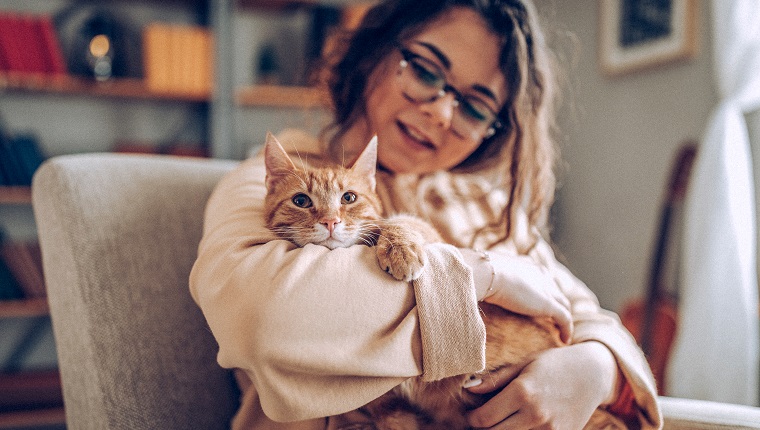Whether it be a hamster or a Great Dane, adopting your first ever pet is a huge step. Another life will be dependent on you for their survival, so this isn’t a responsibility that you should take lightly.
This is especially true for one of the most common household pets: the humble cat. With a lifespan of around 14 years, owning a cat is a significant, life-long commitment. It might be intimidating, and sometimes it might feel as if you make mistakes as a first-time owner, but that’s ok. It’s completely normal!
What you can do, however, is ensure that you are as prepared as possible. Here is some guidance on adopting your furry friend and how to prep for their arrival!
Breeder or Shelter?
This is the first fork in the road you’ll come to when you want to adopt a cat. Both of these approaches have benefits and drawbacks, but here are some pros and cons to each of these options to help you establish what is best for you.
Breeder
Breeders work in a private industry of individuals who own adult cats. They breed their adult cats and then sell the litter of kittens on. An official breeding body/organization usually accredits reputable breeders. They usually keep the litter of cats until they are old enough to be separated from their mother, and often provide them with their first set of vaccinations.
Pros
- The easiest option if you are after a specific breed.
- Good if you are looking for a kitten.
- You can visit the kitten while they are growing, allowing you to develop a bond over time.
- They are often accredited, so you know they are reliable.
Cons
- Some breeders AREN’T accredited and exploit the system. They prioritize profit over animal welfare and don’t know how to breed properly. Your kitten could be sick, have genetic conditions, or be the product of a corrupt industry.
- A lot of breeders, especially those selling sought-after breeds or purebred cats, are expensive.
Shelter
Charities or the government usually runs shelters. They house and ultimately rehome cats that were abandoned, mistreated, stray or feral.
Pros
- You can trust the cat you adopt is treated well.
- They match the cat to the owner.
- It is a lot cheaper than a breeder.
- You can feel confident you are doing a good deed!
Cons
- There aren’t many kittens in most shelters, and it is hard to find a specific breed.
- Because of traumatic home lives, the cats may have behavioral issues.
- The vetting process for adopting a cat from the shelter is extensive.
Get Them Acquainted With the Vets Early On
Setting up your insurance with a vet and getting your cat in for a general MOT should be your #1 priority. There are a lot of common cat health problems that show no symptoms at first.
Your vet can flag these and help you with them. You can also organize things like a microchip, spaying/neutering, dietary requirements, worming, and flea treatment.
Set Up a ‘Safe-Space’ At Home
Whether you adopt your cat from a breeder or a shelter, they will still take time to adjust. They will likely be nervous for the first few days, hiding and refusing to interact with people.
It is useful to reserve a room in the house just for them to make the settling-in process easier. This is where they feel safe and confident that they won’t be disturbed.
Don’t forget any of the essentials:
- Food
- Water
- Litter tray
- A soft bed
- Toys
- Catnip
You might want to consider a cat tower to keep them active.
Ultimately, while being a cat-parent can be challenging (especially at the start), it can also be incredibly rewarding. Good luck!

